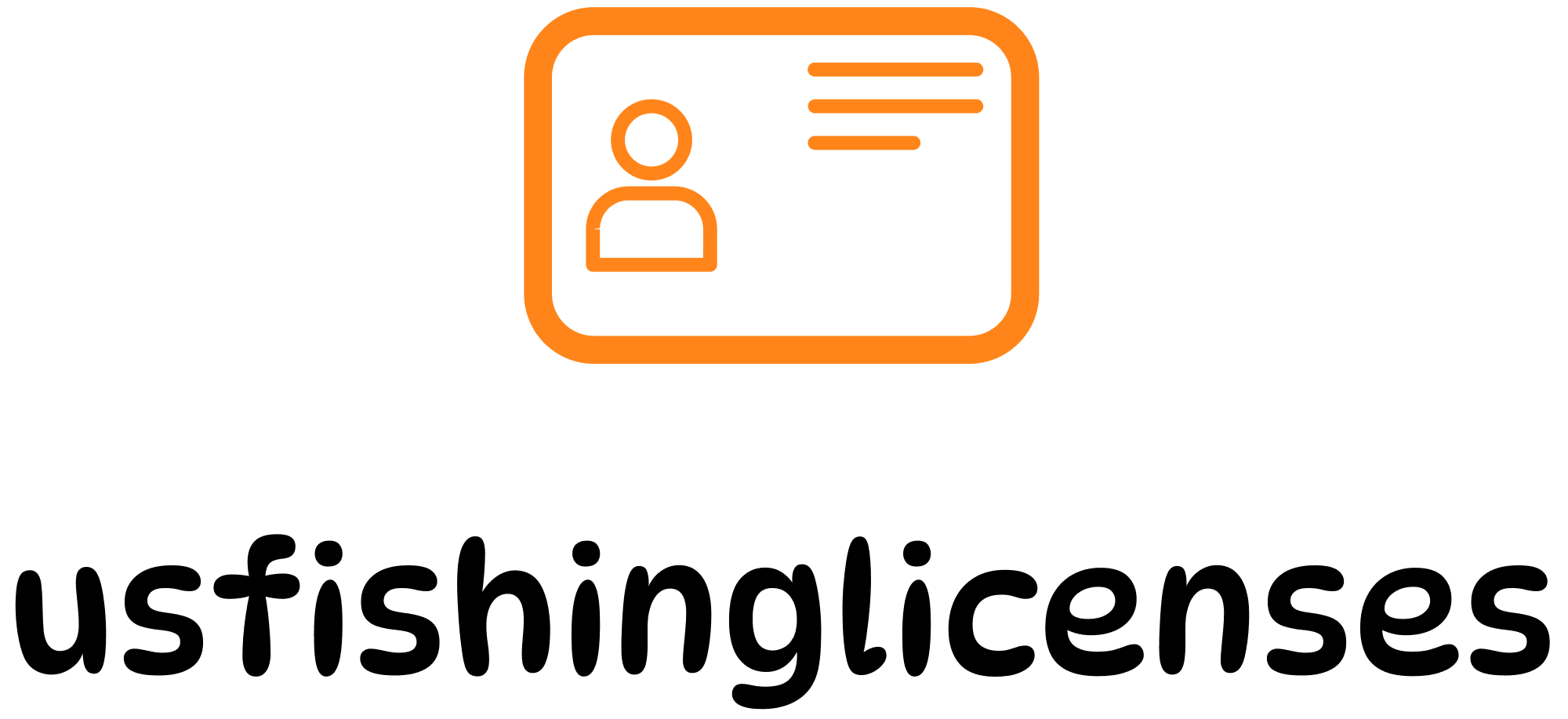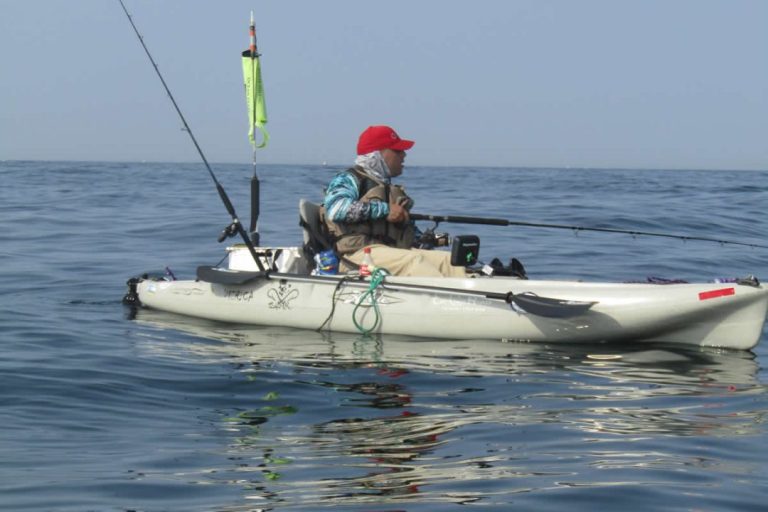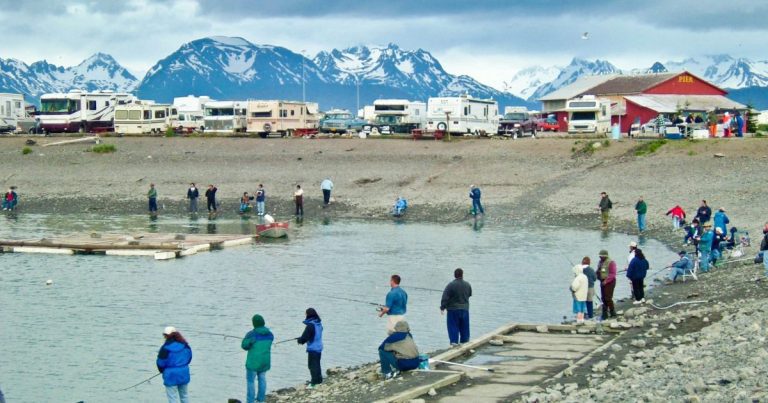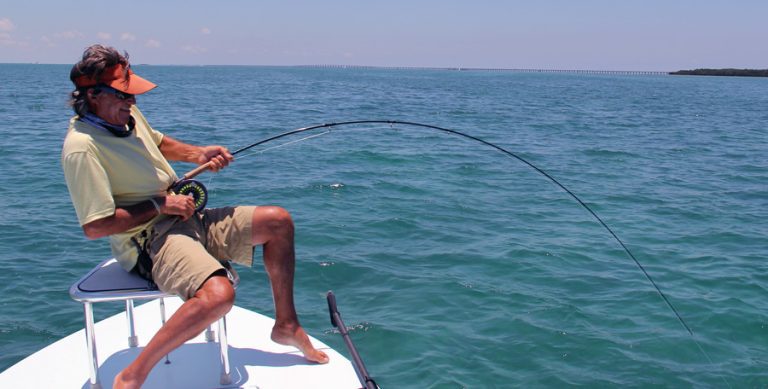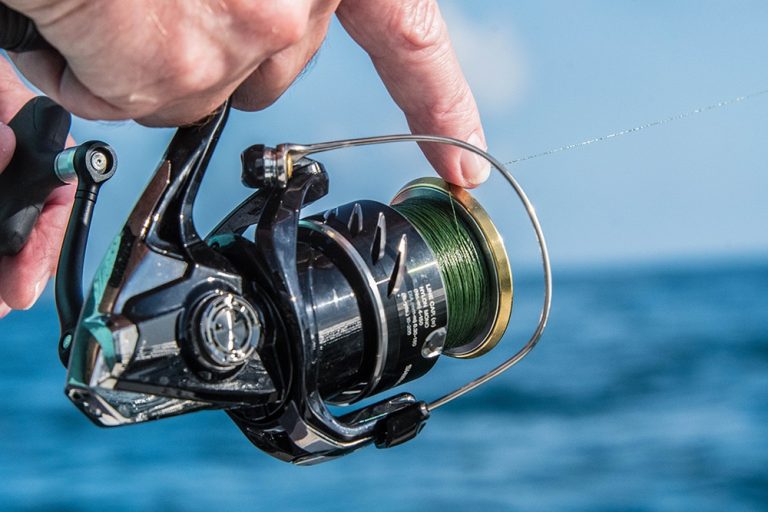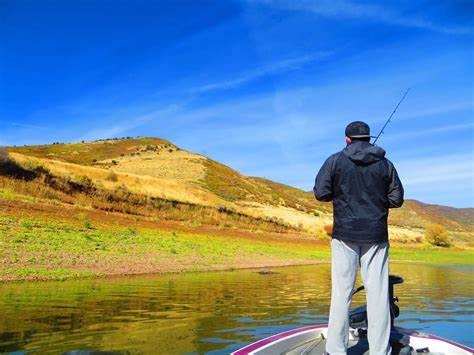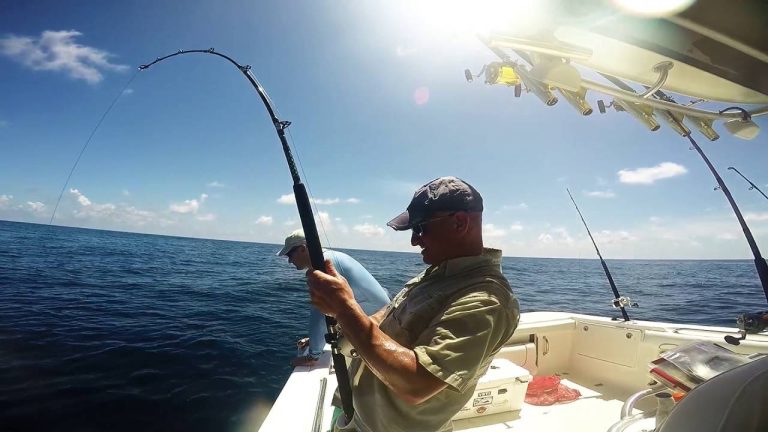Traversing the Pacific coastline in pursuit of the iconic salmon requires more than just skill and equipment—it demands proper licensing across California, Oregon, and Washington. For anglers seeking the thrill of landing chinook, coho, or other salmon species along the West Coast Salmon Trail, understanding the specific licensing requirements in each state is essential for a legal and rewarding experience.
With conservation efforts intensifying and salmon populations facing challenges in 2025, navigating the licensing landscape has never been more critical. Each state maintains its own set of regulations, fees, and documentation requirements designed to protect these magnificent fish while allowing recreational and commercial fishing to continue sustainably.
This comprehensive guide breaks down the specific salmon fishing license requirements across all three West Coast states, helping you ensure compliance while supporting conservation efforts that will preserve this treasured resource for future generations.
California Salmon Fishing License Requirements
California’s approach to salmon fishing licenses reflects the state’s commitment to protecting its vulnerable salmon populations while still providing opportunities for anglers.
Basic License Requirements
- All anglers 16 years and older must possess a valid California sport fishing license
- A North Coast Salmon Report Card is required for anyone fishing for salmon in the Klamath, Trinity, and Smith Rivers
- The 2025 salmon regulations will be officially adopted by the California Fish and Game Commission in May 2025, with particularly stringent measures expected due to low population forecasts
California’s salmon forecast for 2025 is concerning, with Sacramento River fall Chinook estimates at just 165,655 adults—one of the lowest forecasts since current assessment methods began in 2008. The Klamath River forecast is even more alarming at 82,672 adults, the lowest since 1997. These low numbers will likely result in constrained fishing seasons or possible closures to protect remaining stocks.
Documentation and Reporting Requirements
When salmon fishing in California waters, you must keep your catch in a condition where species and size can be determined until you’ve reached your permanent residence or are preparing the fish for immediate consumption. This requirement helps conservation officers enforce size and bag limits effectively.
For current pricing and to purchase your California fishing license, visit the California Department of Fish and Wildlife or US Fishing Licenses’ California page.
Oregon Salmon Fishing License Requirements
Oregon has distinct requirements for salmon anglers that differ from those for general fishing.
Basic License Requirements
- All anglers 12 years and older need an Oregon Angling License
- All anglers regardless of age need a valid Combined Angling Tag to fish for salmon
- The Columbia River Basin Endorsement is required when fishing for salmon in waters of the Columbia River
Oregon License Exemptions
While Oregon does have exemptions for certain fishing licenses, these generally do not apply to salmon fishing. Even during free fishing weekends or for resident landowners fishing on their own property, the appropriate tags and endorsements are still required when targeting salmon.
Oregon, like most states, has different fee structures for residents and non-residents. While the specific requirements remain the same, non-residents should expect to pay premium rates for licenses and tags.
For current pricing and to purchase your Oregon fishing license, visit the Oregon Department of Fish and Wildlife or US Fishing Licenses’ Oregon page.
Washington Salmon Fishing License Requirements
Washington State maintains comprehensive licensing requirements for salmon anglers, with specific documentation needed to ensure proper management of this valuable resource.
Basic License Requirements
- Everyone age 15 and older needs a Washington fishing license
- All salmon anglers, including those younger than 15, must carry a catch record card to track harvest
- All catch record cards must be returned to WDFW by the appropriate deadline, even if no fish were caught
Purchasing Washington Fishing Licenses
Washington offers multiple convenient options for purchasing your fishing license:
- Through their online licensing system
- By phone at 360-902-2464
- From hundreds of license dealers around the state
When purchasing online or by phone, be aware that it may take up to 10 days to receive your physical license. A temporary license will be emailed if your WILD ID has an associated email address, but there are no temporary catch record cards. If you need immediate access to a catch record card, visit a local license dealer.
Washington License Costs
Washington distinguishes between resident and non-resident anglers with different fee structures. Commercial license fees show particularly significant differences—for example, a Salmon Gill Net license for Puget Sound costs $585 for residents versus $970 for non-residents.
For current pricing and to purchase your Washington fishing license, visit the Washington Department of Fish and Wildlife or US Fishing Licenses’ Washington page.
Comparison of West Coast Salmon License Requirements
This comparison table provides a quick reference to help you understand the key differences between salmon fishing license requirements across the three West Coast states:
| Requirement | California | Oregon | Washington |
|---|---|---|---|
| Minimum Age for License | 16+ | 12+ | 15+ |
| Special Salmon Documentation | North Coast Salmon Report Card | Combined Angling Tag | Catch Record Card |
| Documentation Required for Youth | Not required under 16 | Combined Angling Tag required for all ages | Catch Record Card required for all ages |
| Columbia River Requirements | N/A | Columbia River Basin Endorsement | Standard WA license with catch record card |
| License Purchase Options | Online, by phone, in person | Online, by phone, in person | Online, by phone, in person |
Commercial Salmon Fishing Licenses
For commercial operators, licensing requirements and fees are substantially different from recreational licenses. In Washington state, for example, the following commercial license fees apply:
| Fishery License | Resident Fee | Nonresident Fee | Surcharge | Application Fee |
|---|---|---|---|---|
| Salmon Gill Net—Grays Harbor-Columbia river | $380 | $765 | plus $100 | $105 |
| Salmon Gill Net—Puget Sound | $380 | $765 | plus $100 | $105 |
| Salmon Gill Net—Willapa Bay-Columbia river | $380 | $765 | plus $100 | $105 |
| Salmon purse seine | $545 | $930 | plus $100 | $105 |
| Salmon reef net | $380 | $765 | plus $100 | $105 |
| Salmon troll | $380 | $765 | plus $100 | $105 |
Commercial salmon fishing faces additional constraints beyond licensing. The changing landscape of commercial fishing on the West Coast shows a troubling pattern of licenses and quota becoming concentrated in the hands of large corporations rather than individual fishers. Recent Pacific Salmon Strategy Initiative programs aim to reduce the number of active licenses through buyback programs, creating uncertainty in the industry.
Current State of Salmon Populations (2025 Update)
The 2025 salmon forecasts for the West Coast are concerning. California’s Sacramento River fall Chinook estimates sit at just 165,655 adults, while the Klamath River forecast is at a historic low of 82,672 adults. These low numbers will likely result in constrained fishing seasons or possible closures to protect remaining stocks.
This population decline makes proper licensing and adherence to regulations even more critical. Every angler’s compliance with catch limits and reporting requirements contributes to conservation efforts and data collection that inform future management decisions.
Tips for Responsible Salmon Fishing
Beyond meeting legal requirements, responsible anglers should:
- Stay informed about current regulations as they can change seasonally, particularly for salmon where conservation needs may alter fishing seasons and limits
- Always carry physical copies of your licenses and permits while fishing
- Complete and return any required catch record cards promptly
- Use appropriate gear that minimizes harm to fish you intend to release
- Consider purchasing a multi-state license if you plan to fish across state lines frequently
How to Prepare for Your West Coast Salmon Fishing Trip
Step-by-Step Guide:
- Research specific locations where you plan to fish to understand local regulations
- Purchase appropriate state licenses and salmon-specific documentation at least 2 weeks before your trip
- Verify the current salmon fishing season and any special regulations for your intended fishing spots
- Ensure you have proper identification and proof of residency status if applying for resident rates
- Download or print physical copies of all licenses and permits
- Review catch and size limits for your specific fishing locations
- Pack all required documentation in a waterproof container
Special Considerations for 2025
As we move through 2025, be aware that salmon regulations may be adjusted based on population assessments. In California specifically, the 2025 salmon regulations will be officially adopted in May 2025, aligning with federal salmon regulations. Given the low population forecasts, anglers should prepare for the possibility of more restricted fishing seasons or even complete closures in some areas.
The Pacific Salmon Strategy Initiative (PSSI), launched in June 2021, aims to address declining Pacific salmon populations through conservation, reduction of fishing pressure, and other key measures. This initiative involves collaboration with Indigenous peoples, stakeholders, and the public to identify and implement actions that will help conserve and rebuild salmon populations.
For comprehensive information about fishing licenses across all states, visit US Fishing Licenses for the most up-to-date requirements and fees.
By understanding and following the specific license requirements for each state along the West Coast Salmon Trail, you’ll ensure a legally compliant and environmentally responsible fishing experience while supporting the conservation efforts that will preserve salmon populations for future generations.
